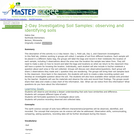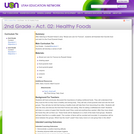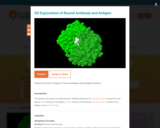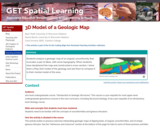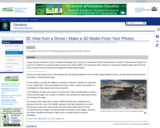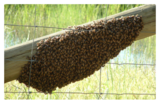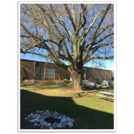
This resource is a video abstract of a research paper created by Research Square on behalf of its authors. It provides a synopsis that's easy to understand, and can be used to introduce the topics it covers to students, researchers, and the general public. The video's transcript is also provided in full, with a portion provided below for preview:
"It might sound like bad advice, but for Japanese men, eating a high-carb diet could actually be a good thing—only, it depends on the type of carb. Because eating too much of the wrong ones could have dire consequences. These are the findings reported by Professor Chisato Nagata and colleagues from the Gifu University Graduate School of Medicine in Japan—recipients of the inaugural British Journal of Nutrition Paper of the Year award. Their paper, published in volume 122, issue 7 of BJN, describes a subset of results from the Takayama Study. The study was launched in 1992 to link dietary and lifestyle factors to morbidity from cancer and other diseases. Participants filled out a questionnaire at baseline on how frequently they ate various foods..."
The rest of the transcript, along with a link to the research itself, is available on the resource itself.
- Subject:
- Life Science
- Nutrition
- Material Type:
- Diagram/Illustration
- Reading
- Provider:
- Research Square
- Provider Set:
- Video Bytes
- Date Added:
- 10/23/2020

